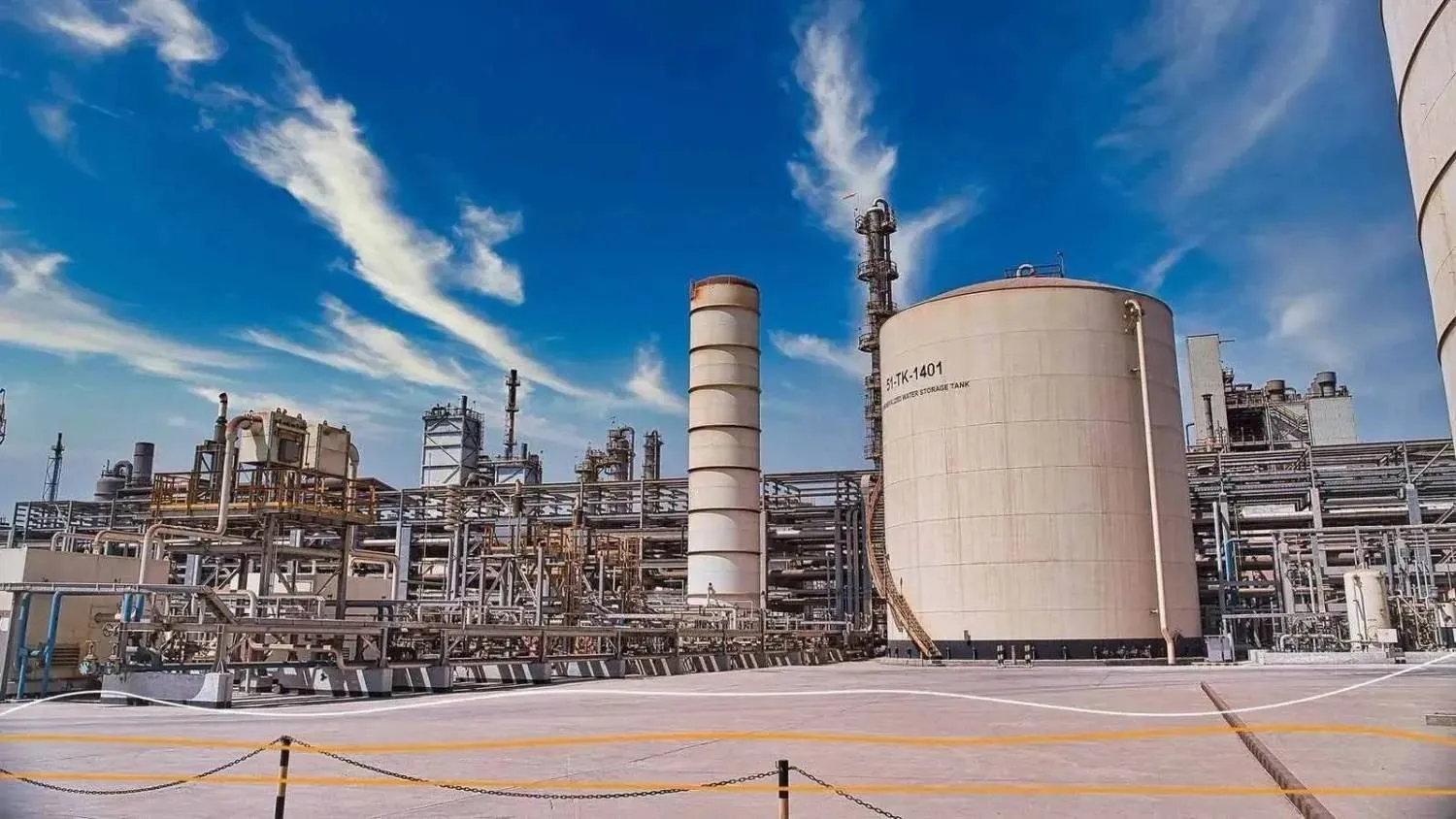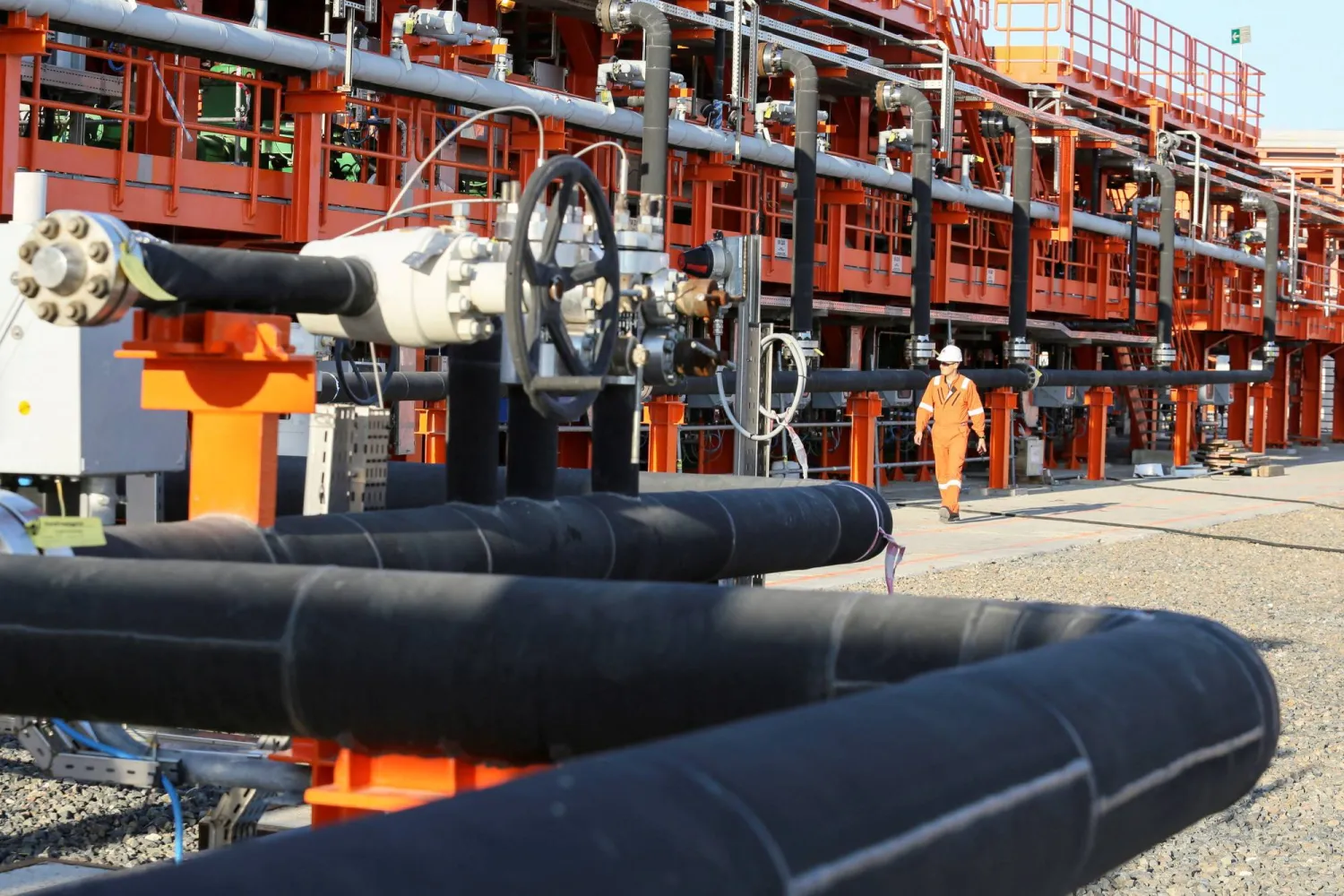Saudi Aramco and Thailand’s PTT have signed a memorandum of understanding (MoU) to deepen energy cooperation in Thailand.
The MoU targets the supply and trading of crude oil, petrochemicals, and liquified natural gas (LNG).
It focuses on clean energy, carbon capture, and electric vehicles, and outlined potential collaboration across both upstream and downstream operations.
Other potential areas of activity include blue and green hydrogen, Aramco said.
The companies also aim to strengthen cooperation across crude oil sourcing and marketing of refining and petrochemical products.
Ibrahim al-Buainain, Aramco Vice President of Sales, Trading and Supply Planning, said the MoU is an opportunity to achieve the optimal benefit from the supply chain in several vital and rapidly growing business sectors and expand in the downstream sector in Asia, which is one of the main catalysts for global demand for energy and chemical products.
Both countries have been seeking to develop ties in the economic, trade, and investment fields to meet their future aspirations.
They restored diplomatic ties earlier this year during a visit to Riyadh by Thai Prime Minister Prayut Chan-o-cha.
He held talks with Saudi Crown Prince Mohammed bin Salman, Deputy Prime Minister and Minister of Defense.
They agreed to restore ties and open a new chapter in relations after years of efforts to rebuild trust and friendship.
Both countries also agreed in March to strengthen economic ties and boost bilateral investment.
This came as Deputy Chairman of the Federation of Saudi Chambers Tariq al-Haidari discussed with Sathana Ayudhya, the Thai Chargé d'Affaires and head of the diplomatic mission at the Thai Embassy, opportunities for future cooperation, mainly in the tourism sector.
Talks tackled work to bolster public and private efforts to enhance bilateral relations and find a mechanism to increase economic and commercial cooperation.
They also discussed means of exploring investment fields and available opportunities under the Saudi Vision 2030, as well as development opportunities in Thailand, especially in the fields of green economy, renewable energy, environment, digital transformation, and cybersecurity.
Haidari underlined the private sector’s key role in developing ties with other countries, benefiting from investment opportunities, and overcoming obstacles hindering the implementation of joint commercial and industrial projects.









